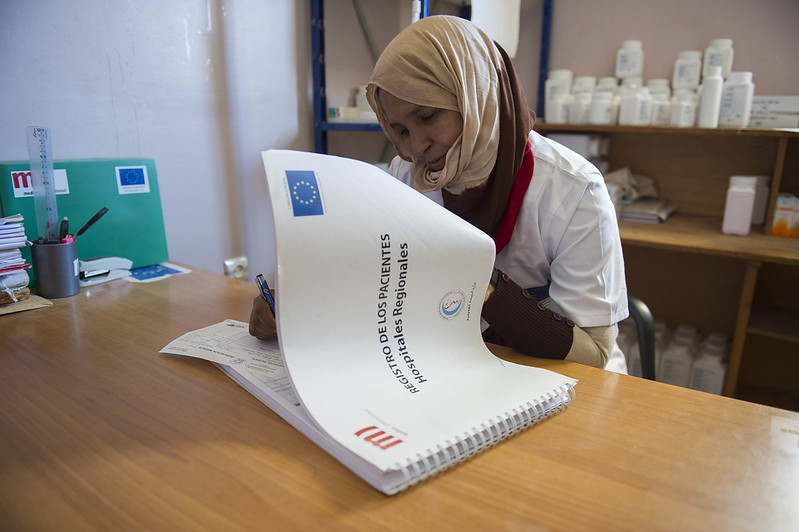 On September 9, the World Health Organization (WHO) published Algeria’s updated National Action Plan, which aims to target antimicrobial resistance (AMR) as a critical threat to public health. The report offers an overview of previous achievements and identifies the next stage of solutions to be implemented from 2024 to 2028.
On September 9, the World Health Organization (WHO) published Algeria’s updated National Action Plan, which aims to target antimicrobial resistance (AMR) as a critical threat to public health. The report offers an overview of previous achievements and identifies the next stage of solutions to be implemented from 2024 to 2028.
Antimicrobial Resistance
AMR is the ability of a pathogen to withstand treatment, complicating the targeting of infections caused by fungi, viruses and other microbes. According to Health Data Source, approximately 3,400 deaths in Algeria were directly attributed to AMR. Furthermore, a total of 13,600 deaths were associated with related health complications.
Globally, health care professionals find that the mutation of microbial and bacterial diseases often outpaces the development of new and effective treatment options. Antimicrobial medicines offer protection against infections and viruses during medical procedures and treatments. However, pathogens usually develop immunity to these procedures, increasing the risk of infection and risking the spread of disease.
Populations Affected by Antimicrobial Resistance
The WHO identifies humans, animals and agriculture as the primary organisms endangered by AMR. The spread of resistant pathogens threatens food safety and the integrity of food supply networks. These pathogens and bacteria, resistant to medical treatments, can proliferate within human and animal populations. Indeed, they become increasingly dangerous with each mutation.
Inequities in access to health care and services make women particularly vulnerable to AMR pathogens. Cultural perceptions of women, along with biases held by health care providers, often lead to delays in the quality of care and services they receive during medical visits. Many women face exposure to unsafe and contaminated environments in their daily activities. For instance, as the primary water collectors in their households, Algerian women risk contracting fungi or viruses from contaminated water sources.
On a positive note, Algerian women are among the most likely to seek medical advice for personal and family health concerns. To address these issues, Algerian officials, along with the global community, are working to enhance the infrastructure of their health care system to tackle AMR-related health conditions.
Algeria Proposes an Updated Action Plan
Algeria will focus on monitoring cases of treatment-resistant bacterial infection to prevent the rapid spread of disease among people, livestock and the food supply. The updated strategy would provide more data for preparing and launching health initiatives and research. Algeria’s newest goals coincide with the One Health system, a collection of health care principles embraced by nations worldwide. The One Health campaign organizes the management of infectious diseases into five divisions:
- Surveillance and Disease Intelligence
- Emergency Preparedness and Response
- Laboratory Systems
- Public Health Institutes and Research
- Disease Control and Prevention
This organization allows for better tracking of infectious diseases and regulating efforts to implement solutions before major medical emergencies arise.
Goals
The following goals summarize the Algerian government’s participation in reducing the threat of AMR in global communities:
- Create awareness campaigns about the issue of Antimicrobial Resistance. Additionally, educate the public at the grade school, collegiate and professional levels.
- Implement a training program for health care, veterinary and agricultural workers.
- Create better surveillance and data reporting networks to monitor the issue of antimicrobial resistance.
- Better equip laboratories as centers for research and observation of antimicrobial resistance.
- Develop and promote treatment options that can serve as alternatives to antimicrobial medications.
- Establish a system to monitor antibiotic consumption.
- Prevent and control infection in neonatal settings by updating known hygienic protocols, promoting breastfeeding for new mothers, revisiting the issue of mother-fetus infection and more.
- Prevent and control community infections by promoting rapid tests for bacterial blood; include private doctor offices, laboratories and hygienic clinics in antimicrobial research.
- Establish a therapeutic standard on the issue of antimicrobial resistance.
- Establish a community-based monitoring system for local developments in AMR.
- Prevent and control infections at the farm level.
- Create a ranking system for the critical stages of AMR and establish an antimicrobial committee accessible to local Wilaya hospital committees and the private sector.
- Monitor antimicrobials in human and veterinary health.
- Develop a therapeutic recommendation for the treatment of AMR in human medicine.
- Develop a good practice guide for the use of antimicrobial medicines in veterinary settings.
- Strengthen regulations and training around the use and availability of antimicrobials.
- Create a documentation system for antimicrobial research and develop financing.
- Develop research collaborations with universities and create international and national partnerships.
- Create committees and oversight groups to monitor the implementation of the antimicrobial action plan and develop funding for AMR research.
These goals will promote research campaigns dedicated to understanding, tracking and controlling the transmission of diseases prone to AMR.
Final Note
Combating AMR bacteria will prepare the medical community to limit the spread of complex diseases, protecting a population of 42 million. While the updated program is in the early stages, the Algerian government has committed to partnering with public and private institutions to educate communities nationwide and to ensure long-lasting results.
– Karina Dunn
Karina is based in Mesquite, TX, USA and focuses on Global Health for The Borgen Project.
Photo: Flickr

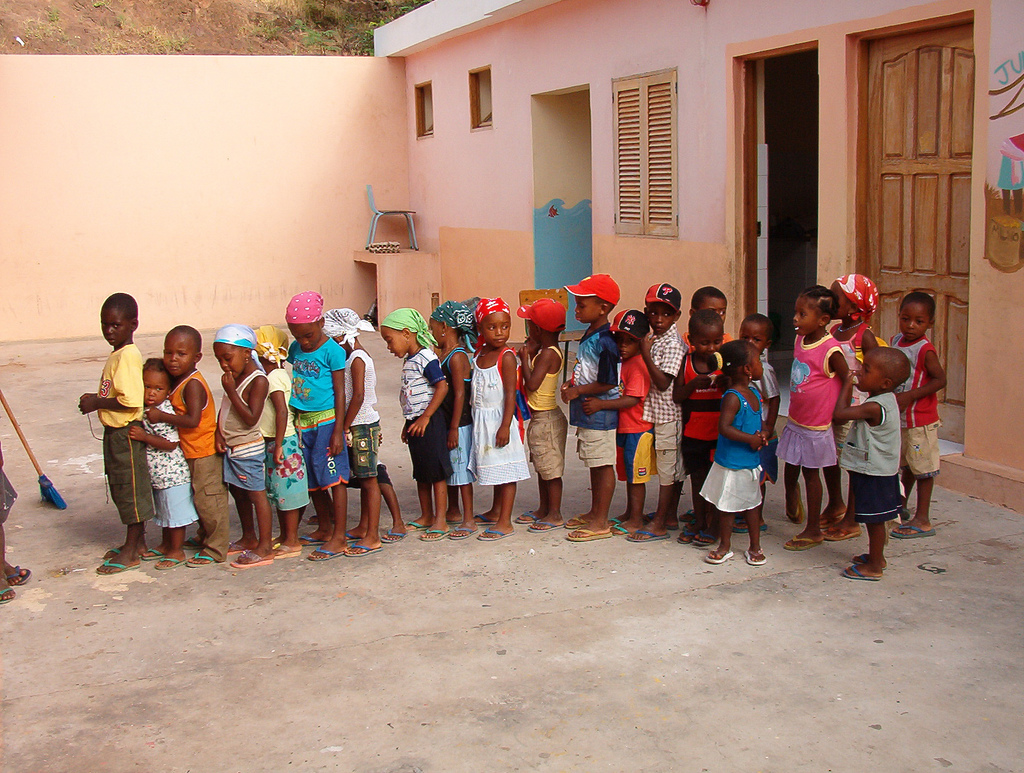


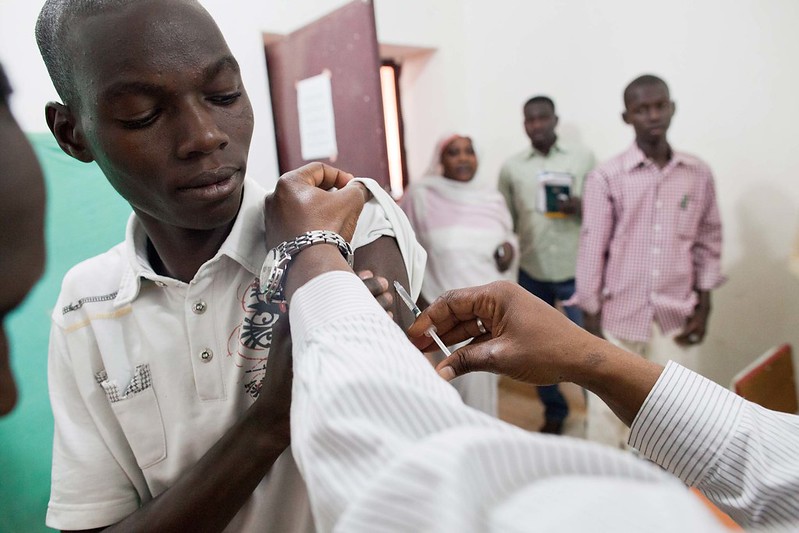 Gabon, located on the Atlantic coast of Central Africa, has a relatively high GDP for
Gabon, located on the Atlantic coast of Central Africa, has a relatively high GDP for 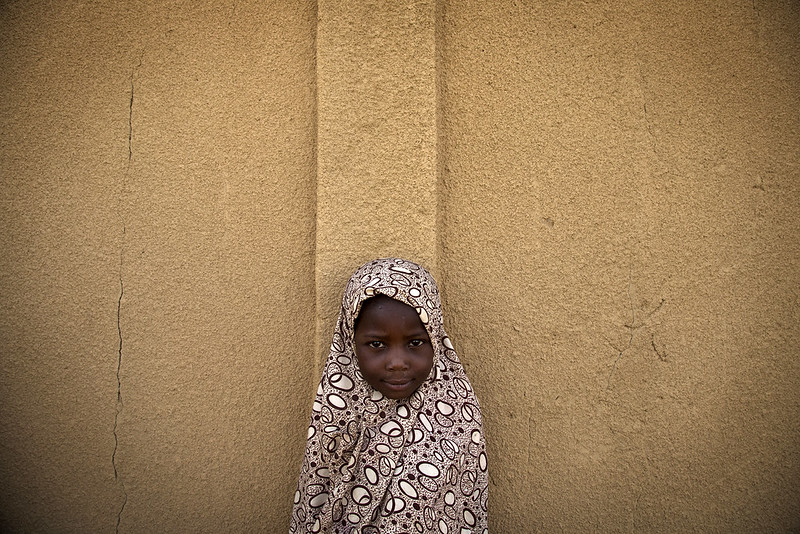
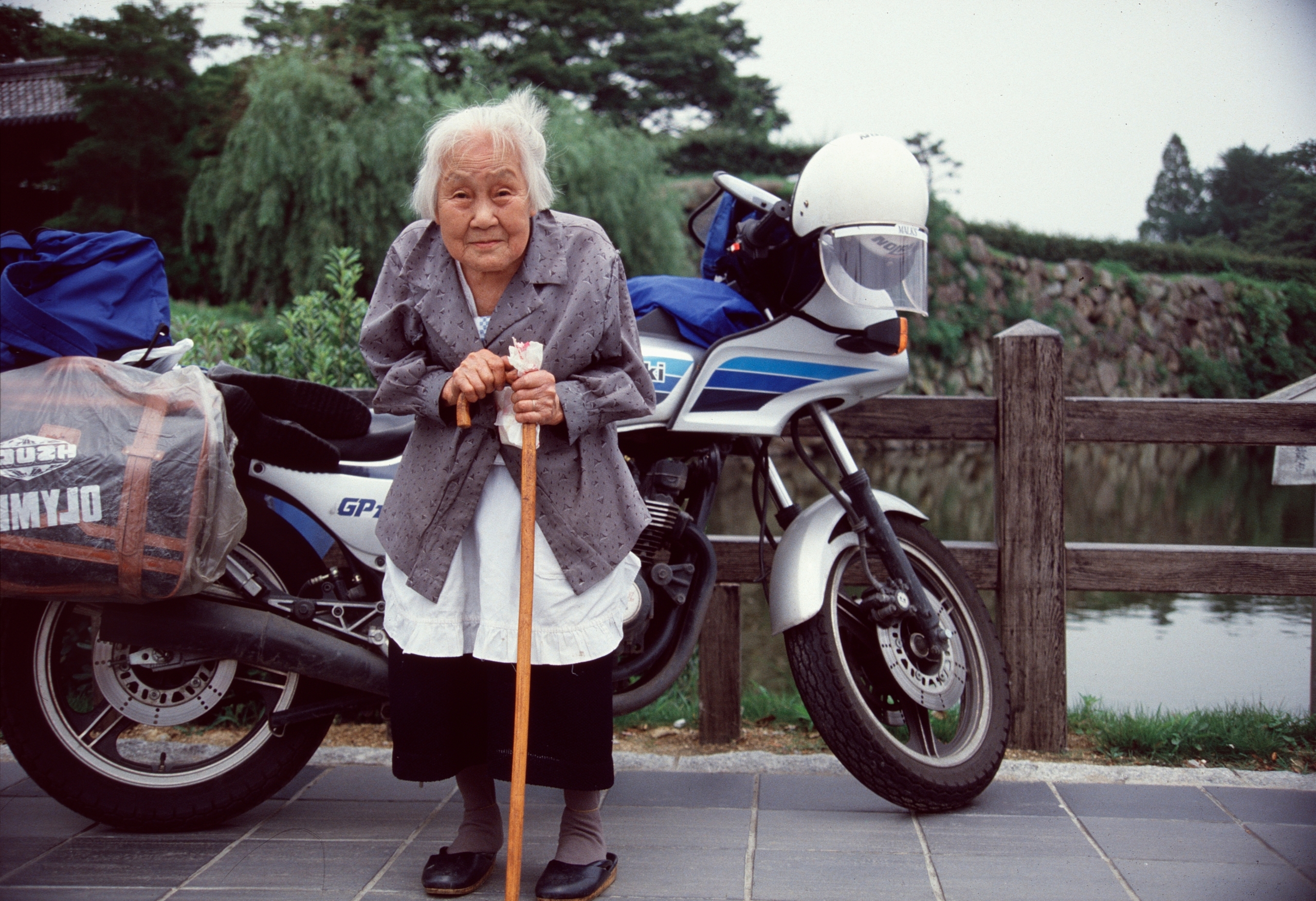
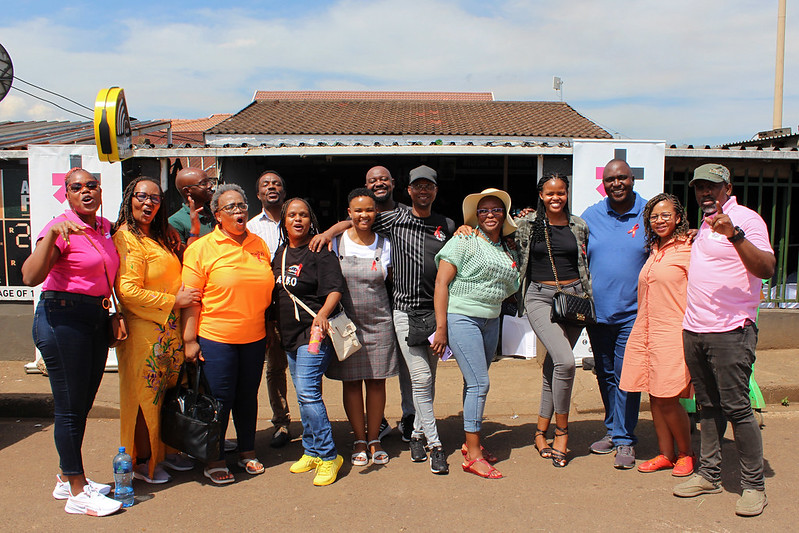
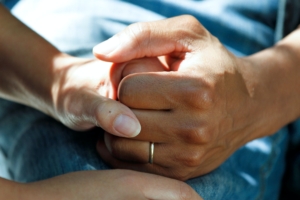 In an interview with The Borgen Project, native Jamaican Shamella Parker describes the dire consequences of a lack of access to quality health care in Jamaica. On an evening in February 2023 in Montego Bay, Jamaica, Parker’s aunt Mary, a live-in cook, shared a dish with her employer containing susumba, commonly known as gully bean, a type of green berry popular in Jamaica. Shortly after the meal, both Mary and her employer fell ill.
In an interview with The Borgen Project, native Jamaican Shamella Parker describes the dire consequences of a lack of access to quality health care in Jamaica. On an evening in February 2023 in Montego Bay, Jamaica, Parker’s aunt Mary, a live-in cook, shared a dish with her employer containing susumba, commonly known as gully bean, a type of green berry popular in Jamaica. Shortly after the meal, both Mary and her employer fell ill.